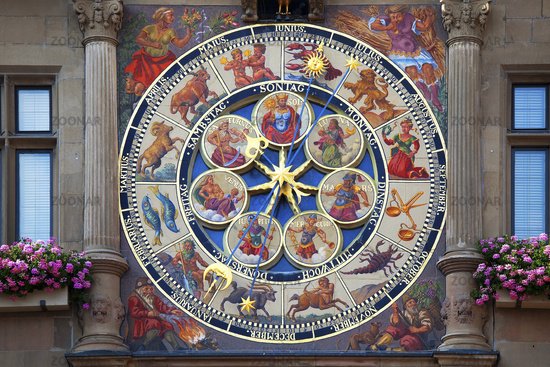The end of the Middle Ages saw town clocks being introduced all over Europe. The concept of arriving for and leaving work at certain times was just one example of the effect clocks had, particularly in towns and cities, where increasingly efficiency was the underlying motive for introducing clocks.
By the middle of the 15th century the steel spring had been introduced for powering clock mechanisms, instead of the weight drive. Smaller clocks could now be made, but springs lose their energy gradually as they unwind, so a device called a fusee had to be incorporated. It was tapered or conical drive wheel that compensated for the loss of energy. In 1581, Galileo Galilei noticed the phenomenon of the pendulum. A hundred years later the pendulum would set a new bench-mark in time-keeping accuracy.


